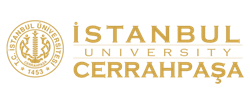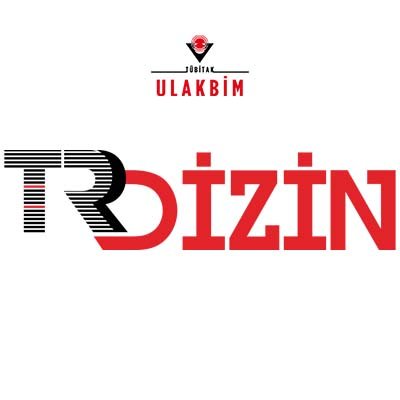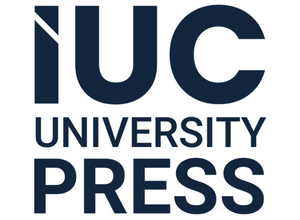The aim of this study was to evaluate the effects of cooperative physical activities on the physical activity level and social skills of preschool children with autism spectrum disorder. This study used the explanatory mixed-method design consisting of quantitative and qualitative stages. A total of 24 preschool children (12 children with autism spectrum disorder and 12 typically developing children) participated in the study. Children were randomly assigned to an experimental group (child with autism spectrum disorder n = 6; typically developing child n = 6) and a control group(child with autism spectrum disorder n = 6; typically developing child n = 6). Children in the experimental group participated in cooperative physical activities for 6 weeks. The cooperative physical activities consisted of stages such as a general warm-up, a child with autism spectrum disorder and a typically developing child forming a group, group task completion, and a general cool-down. Data were collected using the Personal Information Form, Leisure Time Exercise Questionnaire, Social Skills Assessment Scale and Semi-Structured Interview Form. After cooperative physical activities, a significant increase was observed in the physical activity level (F = 15.163, p < .05, Ƞ² = .603) and social skills (F = 10.213, p < .05, Ƞ² = .505) of the children with autism spectrum disorder in the experimental group. Parents reported that cooperative physical activities were a useful intervention to improve the physical activity level and social skills of children with autism spectrum disorder.


.jpg)


.png)


